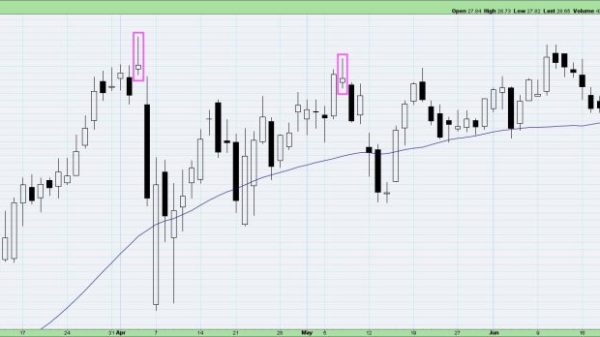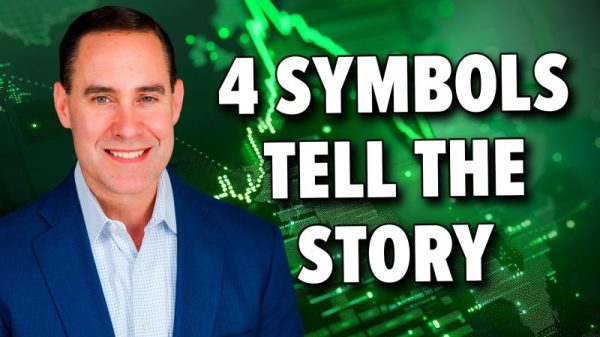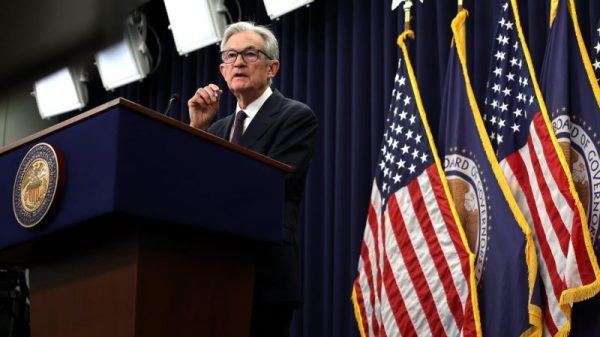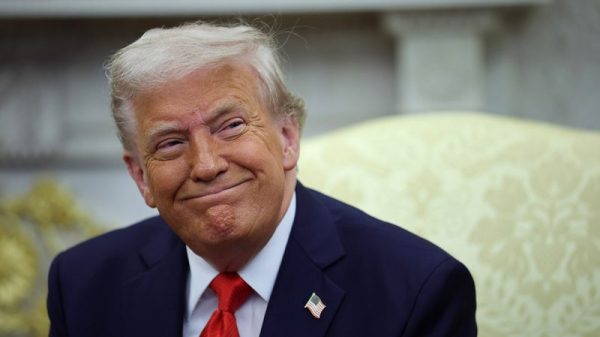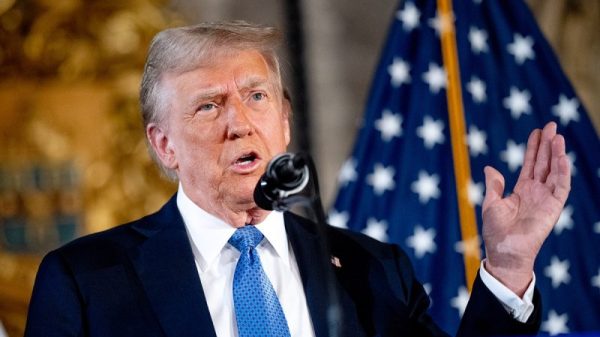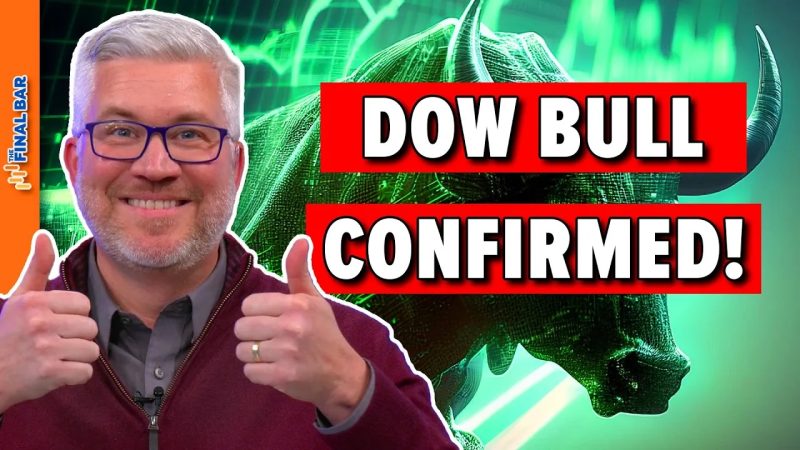The Dow Theory Bull Confirmation: Insight Into What Happens Next
The Dow Theory, a fundamental principle in technical analysis, has long been a tool used by analysts and investors to forecast market trends and potential outcomes. Its recent confirmation of a bull market has sparked a wave of speculation and intrigue about what lies ahead for investors. In this article, we delve deeper into the implications of the Dow Theory bull confirmation and explore potential scenarios that may unfold in the near future.
The Dow Theory, devised by Charles H. Dow in the late 19th century, is based on the idea that the movements of the Dow Jones Industrial Average (DJIA) and the Dow Jones Transportation Average (DJTA) can provide valuable insights into the health and direction of the overall market. According to the theory, when both averages reach new highs or new lows simultaneously, it signifies a confirmation of the current trend, whether bullish or bearish.
In the case of the recent Dow Theory bull confirmation, where both the DJIA and DJTA reached new highs, many investors see this as a strong signal of a sustained upward trend in the market. Historically, such confirmations have often preceded extended periods of bullish market activity, leading to higher prices and increased investor confidence.
However, it is essential to approach market predictions with caution, as no indicator can guarantee future outcomes with absolute certainty. While the Dow Theory bull confirmation may suggest positive momentum in the short to medium term, various external factors could still influence market dynamics and lead to unexpected fluctuations.
One key consideration for investors post-bull confirmation is the potential impact of economic indicators and geopolitical events on market sentiment. Factors such as inflation rates, interest rate decisions, trade policies, and global conflicts can swiftly alter market conditions and trigger rapid shifts in investor behavior.
Furthermore, the sustainability of a bull market is contingent on the underlying fundamentals of the economy and corporate performance. While stock prices may rise in the short term following a Dow Theory bull confirmation, it is crucial for investors to assess whether these gains are supported by robust earnings growth, economic data, and market valuations.
Another aspect to watch closely after a Dow Theory bull confirmation is the behavior of market participants, including institutional investors, retail traders, and algorithmic trading systems. Increased buying activity and positive sentiment among market participants can reinforce the bullish trend, while sudden shifts in trading patterns or profit-taking could lead to volatility and corrections.
In conclusion, while the Dow Theory bull confirmation provides a valuable signal for investors, it is essential to maintain a diversified portfolio, conduct thorough research, and stay informed about market developments to navigate the uncertainties of the financial markets successfully. By remaining vigilant and adaptable in response to changing conditions, investors can position themselves to capitalize on opportunities and mitigate risks in the dynamic landscape of investment.
Thank you for reading our analysis of the Dow Theory bull confirmation and its implications for the future of the market. Stay tuned for more insights and updates on market trends and investment strategies.


